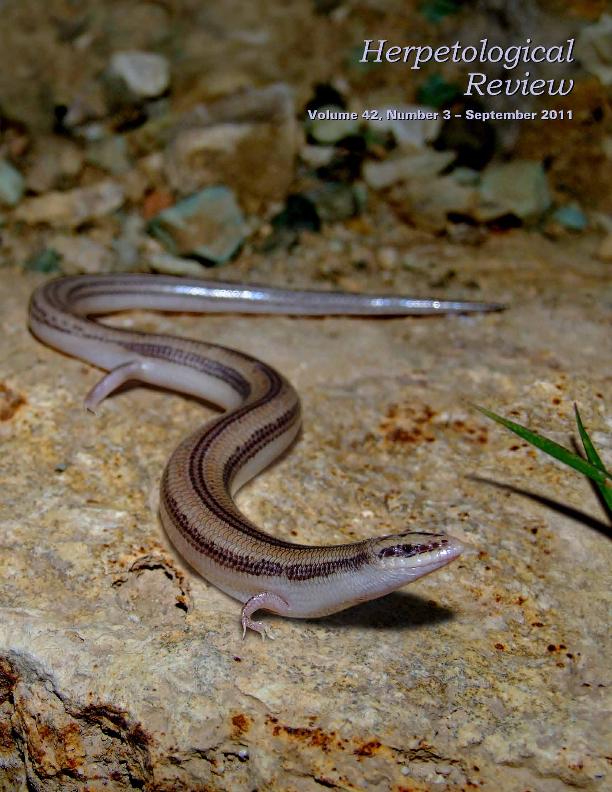Artículo
Scinax nasicus (Lesser Snouted Treefrog) and Scinax acuminatus (Mato Grosso Snouted Treefrog). Refugia.
Fecha de publicación:
09/2011
Editorial:
Society for the Study of Amphibians and Reptiles
Revista:
Herpetological Review
ISSN:
0018-084X
Idioma:
Inglés
Tipo de recurso:
Artículo publicado
Clasificación temática:
Resumen
Scinax nasicus occurs in Paraguay, northern and central Argentina (south to Córdoba and Buenos Aires provinces), Uruguay, eastern Bolivia, and southern Brazil. Scinax acuminatus occurs in southern Mato Grosso and Mato Grosso do Sul (Brazil), Paraguay, Bolivia (Santa Cruz), and northern Argentina (Frost 2011. Amphibian Species of the World: an Online Reference. Version 5.5, 31 Jan 2011. Electronic database accessible at http://research.amnh.org/vz/herpetology/ amphibia/, American Museum of Natural History, New York). From Sept?Dec 2009, we conducted surveys ca. 10 km NE Corrientes City, Argentina (27.4321°S, 58.7466°W). The study site is part of the Chacoan Domain, Oriental Chaco District (Cabrera and Willink 1980. Biogeografía de América Latina. Secretaría Federal OEA. Monografía 13:1?122; Carnevali 1994. Fitogeografía de la Provincia de Corrientes. Gobierno de la provincia de Corrientes e INTA, 324 pp.), and is characterized by the presence of numerous temporary, semi-permanent, and permanent wáter bodies. Mean annual precipitation is 1500 mm and mean anual temperature is 23°C. According to Carnevali (1994, op. cit.), the original plant formation at this site was Schinopsis balansae ?quebracho? forest, which is currently extremely degraded and largely replaced by sclerophyllous forest with a prevalence of Prosopis affinis, P. nigra, Acacia caven, Celtis sp., and numerous colonies of Aechmea distichantha and Bromelia sp. Numerous amphibian species are associated with bromeliads, using them strictly as shelter or for entire life cycle, reproducing and feeding inside the plant axil (Peixoto 1995. Rev. Univ. Rural, Sér. Ciênc. da Vida 17[2]:75?83). In the study area, the bromeliad Aechmea distichantha mainly is used as a refuge for various species of amphibians and reptiles. This species has a high structural complexity and the capacity to store water for long periods (phytotelmata), such that individual plants harbor a diversity of arthropods and thus provide shelter and food for amphibians. In the study period we found Scinax nasicus (N = 60) and S. acuminatus (N = 5) using A. distichantha as refugia (Figs. 1A, B)
Palabras clave:
Scinax Nasicus
,
Scinax Acuminatus
,
Refugia
,
Bromeliads
Archivos asociados
Licencia
Identificadores
Colecciones
Articulos(CECOAL)
Articulos de CENTRO DE ECOLOGIA APLICADA DEL LITORAL (I)
Articulos de CENTRO DE ECOLOGIA APLICADA DEL LITORAL (I)
Citación
Schaefer, Eduardo Federico; Duré Pitteri, Marta Inés; Scinax nasicus (Lesser Snouted Treefrog) and Scinax acuminatus (Mato Grosso Snouted Treefrog). Refugia.; Society for the Study of Amphibians and Reptiles; Herpetological Review; 42; 3; 9-2011; 415-416
Compartir




